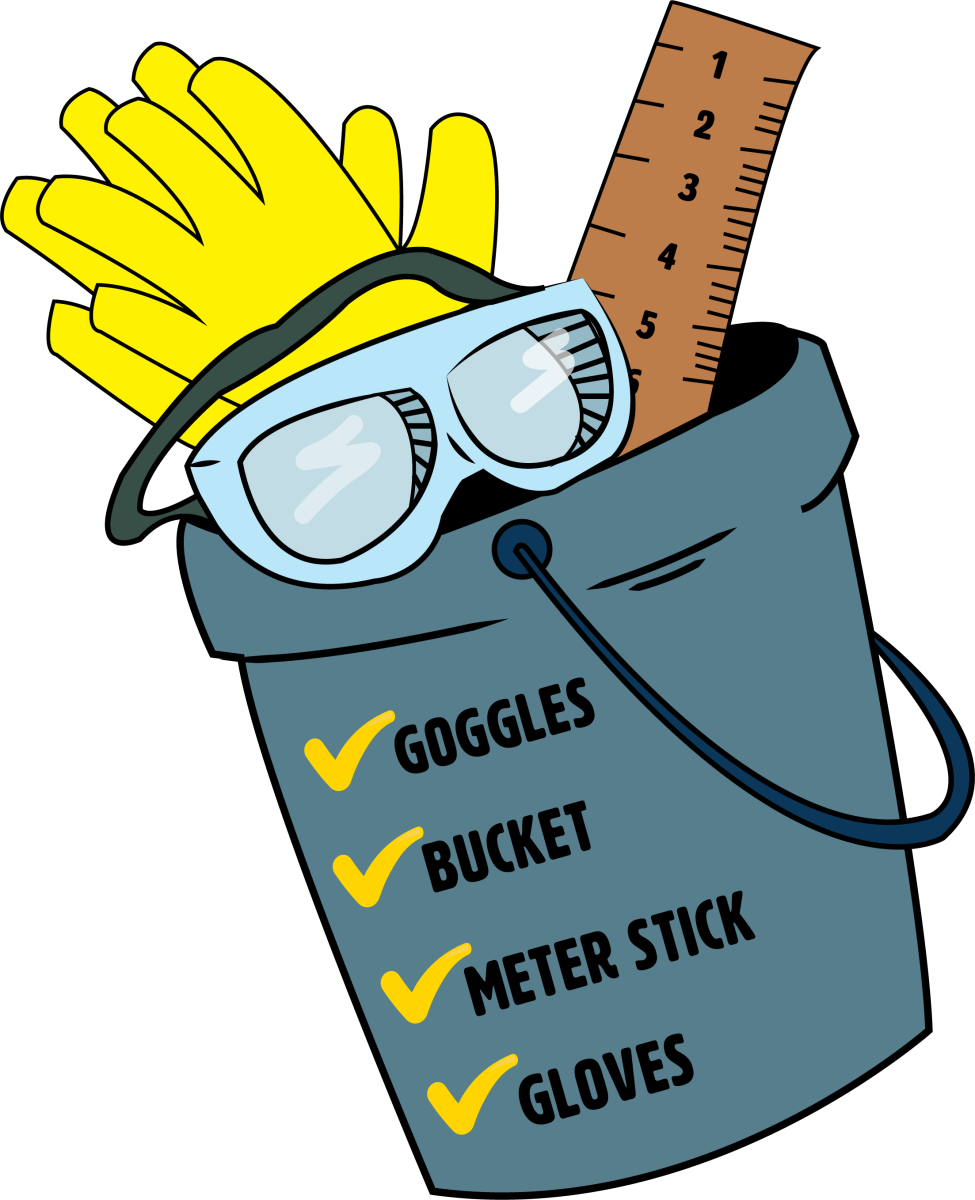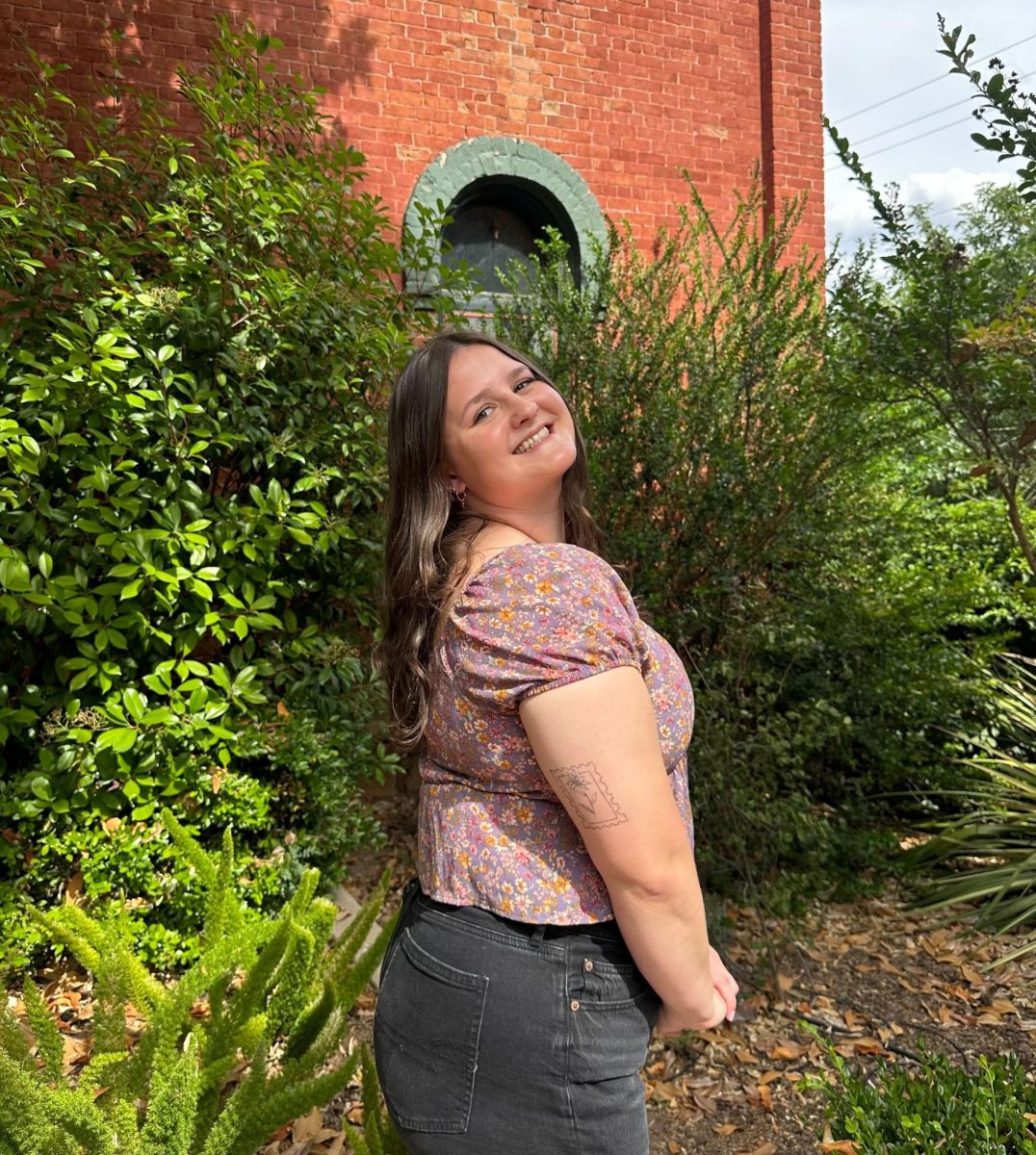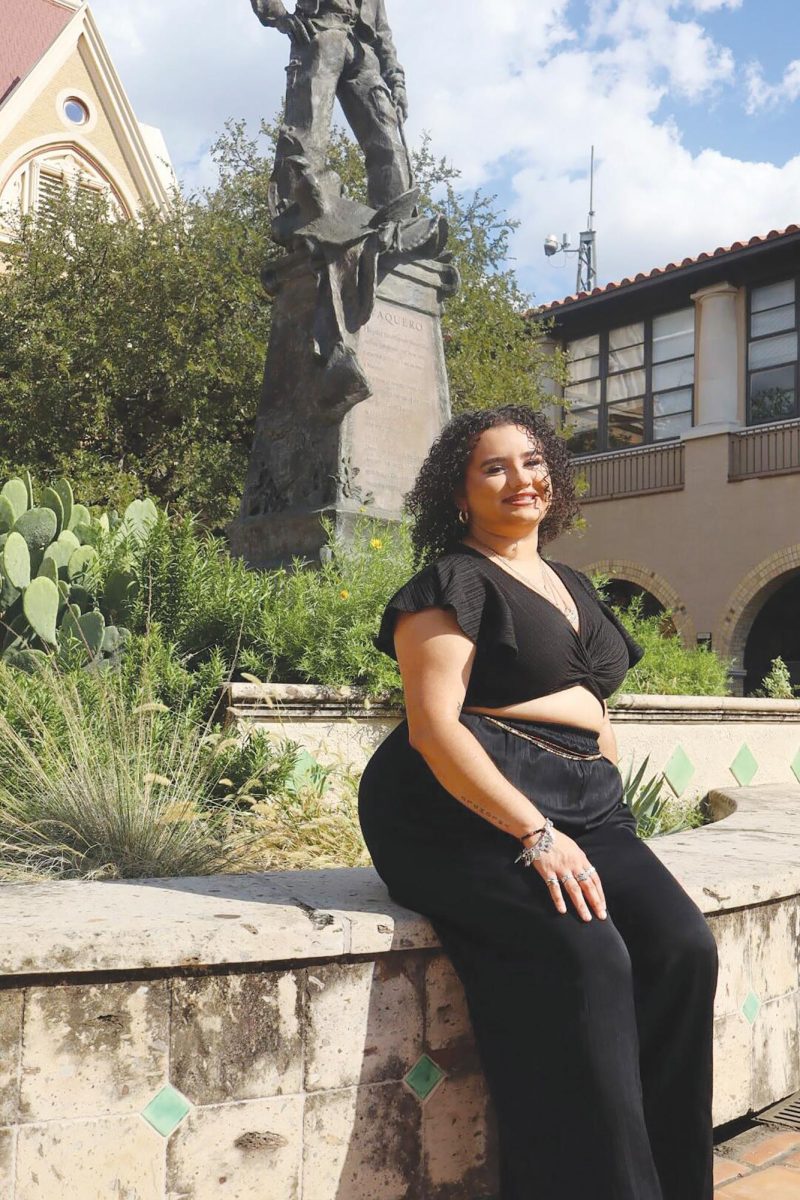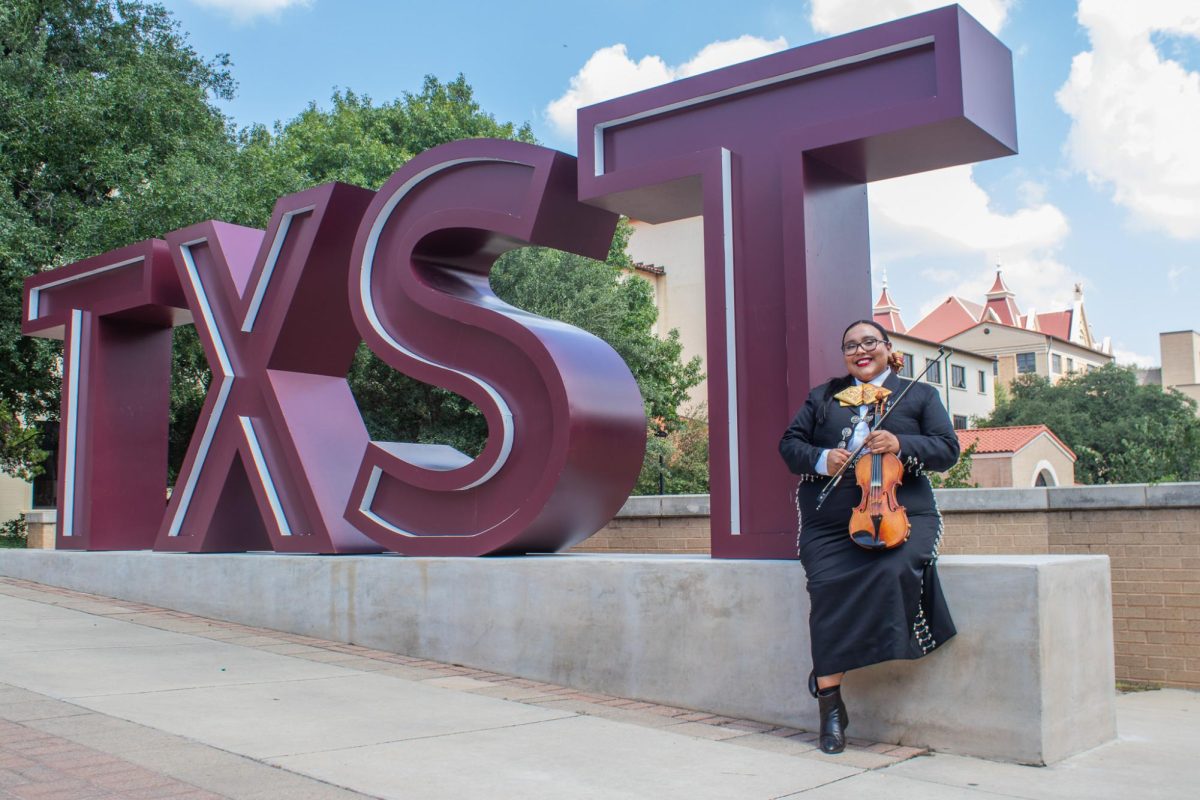Bobcat Stream Team (BST) plans on training its members to be community scientists this spring.
Founded in August 2016, the organization educates on community science and shares the importance of water resource protection. While recreational purposes allow people to appreciate the San Marcos River, conservational practices help keep it flowing and provide people with resources. As they attend Texas State, students can obtain hands-on experience with water quality monitoring.
“[Bobcat Stream Team’s] giving students an understanding [of] something that’s taking place on campus and also giving them the opportunity to get directly involved with those projects specifically, whereas some classes don’t give you that direct field research or networking as well,” Aspen Navarro, Watershed Services program coordinator and BST staff advisor, said.
BST is the student chapter of the Texas Stream Team, the statewide community science water quality monitoring program at the Meadows Center. It offers additional training, such as E. coli Bacteria training and monitoring, which involves performing tests for E. coli on water bodies. While it is not required, the training builds people’s understanding of their water.
“Regardless of what major you’re in, our environmental impact is important in our sustainability of our resources and is important to everyone,” Madison Mitchell, BST president and geography resources and environmental studies junior, said. “So, I think having that background and getting the certification shows that you’re environmentally aware, which everyone should be.”
The Standard Core Water Quality Citizen Scientist Training is recommended for BST members because while they can still observe water monitoring events, they can only submit their data to the Texas Stream Team with the proper certification. Additionally, the data can be compared to such collected by professional scientists, which has shown a moderate to high accuracy.
By encouraging the training, BST aims to inform about the San Marcos River and encourage environmental volunteerism.
“We have a process where you go through being certified to become [a] trainer, just like a community scientist,” Navarro, who became a trainer in 2015, said. “And then you can be the one to lead a group, lead people, train them, certify them and maybe even other you know, university students as well too.”
When more people are trained, BST can have its members monitor with an active group and establish regular Texas Stream Team environmental monitoring activities. Currently, only one monitoring event is planned for this semester on April 6.
The San Marcos River Rangers (SMRR) lead monthly training and will help BST host the Standard Core training. BST has tried hosting sessions in the past but misinformation prevented some students from receiving the same training as others. This training will be hosted by a certified trainer and assistant.
Adam Berglund, San Marcos River Foundation (SMRF) Coordinator, started advising BST in 2021 and became a trainer through Texas Stream Team. They noticed that BST didn’t have the time to dedicate to becoming trainers and training others as often as hoped.
“We very quickly worked out a deal with Bobcat Stream Team that they would work with SMRF that we would use their student officers and any students who have volunteers to help as trainers or to take those students through the training program,” Berglund said.
Standard Core training occurs every month in three phases. Participants learn about water parameters and how to calculate them. Once complete, they will earn a lifetime certification recognized by the U.S. Environmental Protection Agency and the Texas Commission on Environmental Quality. Then, they can begin monitoring a site monthly for at least a year.
The certifications are also part of a more considerable effort to increase student engagement and awareness of BST. Last semester, the organization focused on education and outreach, including presentations with multiple departments and volunteering at river cleanups. As a result, the number of active members has increased to over 40 from the initial goal of at least 20.
When Mitchell began college, she was excited to discover the opportunities to give back to Texas State and the community and said she enjoys seeing others have a similar experience. For BST, environmental awareness is vital for students in any department, and not just for environment-focused majors.
“I think it’s important that since everyone’s using these resources, we’re educated about it and what we can do on our part to help our waterways and more specifically the San Marcos River,” Mitchell said.
For more information about Bobcat Stream Team, visit its website at https://bobcatstreamteam.org/.
Categories:
Bobcat Stream Team connects students to certified water training
Carlene Ottah, Life and Arts Reporter
March 27, 2023
0
Donate to The University Star
Your donation will support the student journalists of Texas State University. Your contribution will allow us to purchase equipment and cover our annual website hosting costs.
More to Discover








